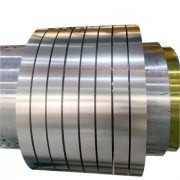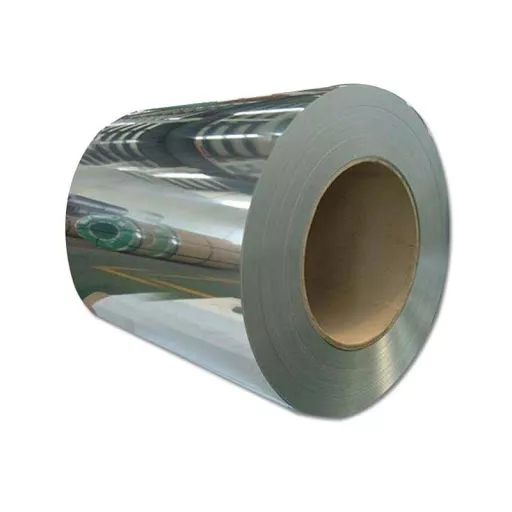
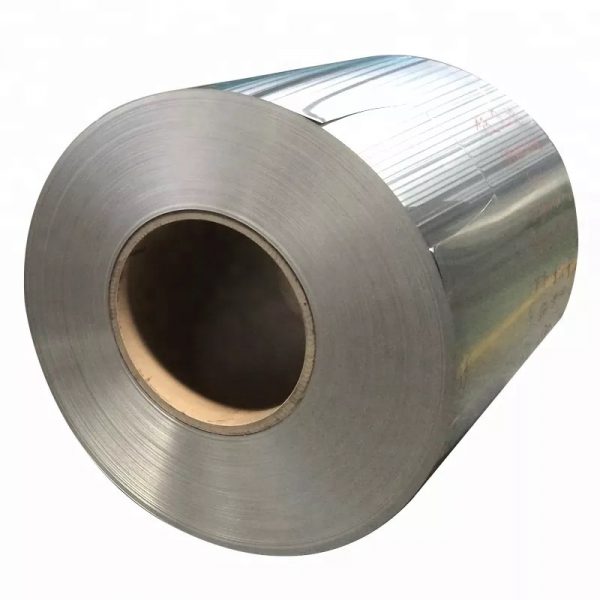
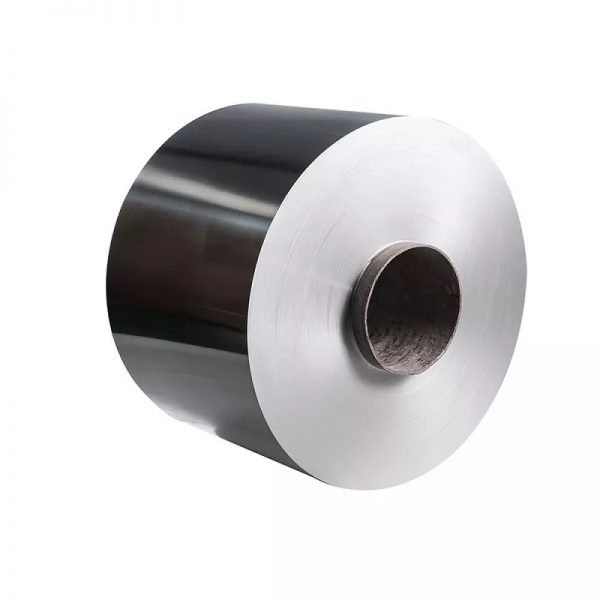
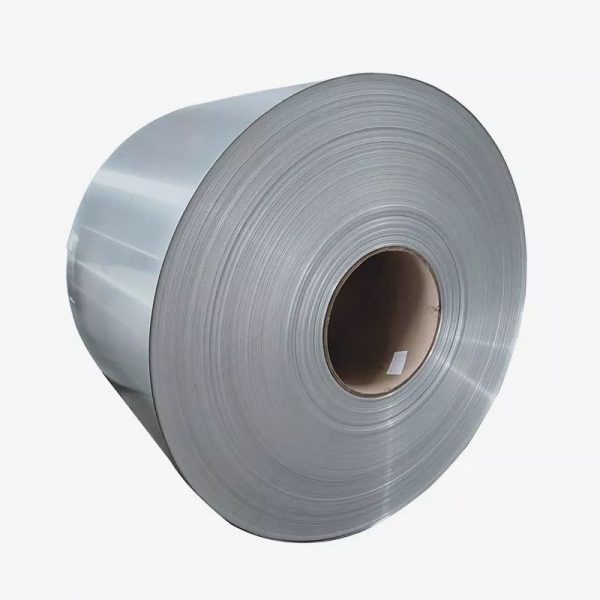
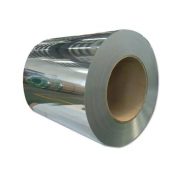
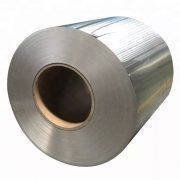
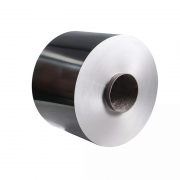
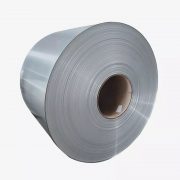
钛卷材
由于纯钛的导热系数较差, 轧制过程中需要润滑效果好、冷却性能优良的乳化液, 并且滚动速度不宜太快, 为了防止纯钛的高温而造成“粘辊”现象, 和“粘辊”导致钛表面粗糙,质量差. 钛带材表面残留的水和油在退火过程中分解, 这会影响炉内氧气的分压,导致分解反应向相反方向发展, 在钛带表面形成氧化,影响退火质量. 由于钛带退火前充分脱脂清洗和干燥板表面. 钛带的脱脂速度一般为20m/min, 并根据脱脂后钛带的表面质量调整速度. 矫直是为了保证产品板材的平整度.
- 描述
- 规格
- 查询
Manufacturing process
Cold rolled titanium coil due to different production processes (or finished product surface) generally divided into cold rolled pickling surface titanium coil and cold rolled glossy titanium coil.
The manufacturing process of cold rolled pickling surface titanium coil of XRUN is: sponge titanium — melting — forging — 热轧 — 热处理 — shot blasting — hot rolled pickling white roll — 冷轧 — 热处理 — shot blasting — pickling — edge cutting — inspection — cold rolled pickling white roll — packing and storage.

production process
In the production process, because the product is rolled twice, the oxide scale will be produced. Two heat treatment and shot blasting pickling are the treatment of the oxide scale on the surface of the product, so as to better ensure the quality of the product. Cold rolled pickling surface titanium coil is generally used in aerospace, industry and marine engineering. Compared with the former, cold rolled glossy titanium coil is more widely used. Similarly, there are two more steps in the production process of cold rolled titanium coil with glossy surface than pickling surface: degreasing annealing and straightening.
由于纯钛的导热系数较差, 轧制过程中需要润滑效果好、冷却性能优良的乳化液, 并且滚动速度不宜太快, 为了防止纯钛的高温而造成“粘辊”现象, 和“粘辊”导致钛表面粗糙,质量差. 钛带材表面残留的水和油在退火过程中分解, 这会影响炉内氧气的分压,导致分解反应向相反方向发展, 在钛带表面形成氧化,影响退火质量. 由于钛带退火前充分脱脂清洗和干燥板表面. 钛带的脱脂速度一般为20m/min, 并根据脱脂后钛带的表面质量调整速度. 矫直是为了保证产品板材的平整度.
Product parameters
| 产品 | 规范(毫米} | 年级 | 标准 | 抗张强度 | 屈服强度 | 伸长 |
| pickling surface | 宽度(1.0~4.0) x (50~1200) x L | GR1/
GR2/ GR3/ GR4 |
ASTM B265 ASME SB265 |
≥240/
≥345/ ≥450/ ≥550 |
138~310/
275~450/ 380~550/ 483~655 |
≥24/
≥20/ ≥18/ ≥15 |
| glossy surface | 宽度(0.2~3.0) x (50~1200) x L |
The titanium coil is mainly used as a container for heating and cooling. titanium coil fixation is divided into two kinds of detachable and non-detachable, This depends on the medium's corrosion of the titanium coil. But mainly based on removable type, convenient maintenance and cleaning of titanium coil.
Application features
Excellent corrosion resistance in many media
Smooth surface, clean layer
低密度, high strength and light weight
低密度, 高比强度
The density of metallic titanium is 4.51g/cm3, which is higher than that of aluminum and lower than that of steel, 铜, and nickel, but the specific strength is at the top of the metal.
耐腐蚀性
Titanium is a very active metal with a low equilibrium potential and a high tendency for thermodynamic corrosion in media. 然而, titanium is actually very stable in many media. 例如, titanium is resistant to corrosion in media such as oxidative, neutral and weak reducibility. This is because titanium and oxygen have a great affinity. In air or oxygen-containing medium, a dense, strong and inert oxide film is formed on the surface of titanium to protect the titanium matrix from corrosion. Even if it is due to mechanical wear, it will quickly heal or regenerate. This shows that titanium is a metal with a strong tendency to passivation. The oxide film of titanium below the temperature of 315°C always maintains this characteristic.
In order to improve the corrosion resistance of titanium, surface treatment technologies such as oxidation, electroplating, plasma spraying, ion nitriding, ion implantation, and laser processing have been studied. Titanium oxide film played a role in enhancing protection and obtaining desired corrosion resistance. A series of corrosion-resistant titanium alloys such as titanium-molybdenum, titanium-palladium, and titanium-molybdenum-nickel have been developed to meet the needs of metal materials in the production of sulfuric acid, hydrochloric acid, methylamine solution, high-temperature wet chlorine, and high-temperature chloride. Titanium-32-molybdenum alloys are used in titanium castings. 钛-0.3 molybdenum-0.8 nickel alloys are used in environments where crevice corrosion or pitting corrosion frequently occurs. 钛-0.2palladium alloys were used locally in titanium equipment, and good results were obtained.
Good heat resistance
The new titanium alloy can be used long-term at 600 °C or higher.
Low temperature resistance
Low temperature titanium alloy represented by titanium alloys TA7 (Ti-5Al-2.5Sn), TC4 (Ti-6Al-4V) and Ti-2.5Zr-1.5Mo, etc.Its strength increases with decreasing temperature, but the plasticity changes are not large.It maintains good ductility and toughness at -196-253°C and avoids cold brittleness. It is an ideal material for cryogenic vessels and tanks.
Strong anti-damping performance
After metal titanium is subjected to mechanical vibration and electric vibration, its own vibration decay time is the longest compared with steel and copper metal. The use of this property of titanium can be used as a tuning fork, a medical ultrasonic vibrator vibration element, and an advanced sound speaker vibration film.
Non-magnetic, 无毒
Titanium is a non-magnetic metal, it will not be magnetized in a large magnetic field, non-toxic and has good compatibility with human tissues and blood, so it is used by the medical community.
Tensile strength is close to its yield strength
This property of titanium shows that the yield strength ratio (tensile strength/yield strength) is high, indicating that the metal titanium material is poor in plastic deformation during forming. Since the ratio of the yield limit of titanium to the elastic modulus is large, the resilience of titanium when molded is large.
Good heat transfer performance
Although the thermal conductivity of titanium metal is lower than that of carbon steel and copper, due to the excellent corrosion resistance of titanium, the wall thickness can be greatly reduced, and the heat exchange mode between the surface and steam is droplet condensation, which reduces the thermal group. Titanium surface without scaling can also reduce the thermal resistance, so that the heat transfer performance of titanium is significantly improved.
Low modulus of elasticity
The modulus of elasticity of titanium is 106.4 GMPa at room temperature, which is only 57% of steel.
Suction performance
Titanium is a chemically very reactive metal that reacts with many elements and compounds at high temperatures. Titanium inhalation mainly refers to reaction with carbon, hydrogen, nitrogen, and oxygen at high temperatures.
材料
Can be divided into: TA1 [Content 99,6], TA2 [Content 99,5], TA9 [Titanium Palladium Alloy], TA10 [Ti-Mo-Ni alloy
钛
The density of metallic titanium is 4.51g/cm3, which is higher than that of aluminum and lower than that of steel, 铜, and nickel, but the specific strength is at the top of the metal. 耐腐蚀性, titanium is a very active metal, its equilibrium potential is very low, the tendency of thermodynamic corrosion in the medium. 然而, titanium is actually very stable in many media. 例如, titanium is resistant to corrosion in media such as oxidative, neutral and weak reducibility. This is because titanium and oxygen have a great affinity. In air or oxygen-containing medium, a dense, strong and inert oxide film is formed on the surface of titanium to protect the titanium matrix from corrosion. Even if it is due to mechanical wear, it will quickly heal or regenerate. This shows that titanium is a metal with a strong tendency to passivation. The oxide film of titanium below the temperature of 315°C always maintains this characteristic. In order to improve the corrosion resistance of titanium, surface treatment technologies such as oxidation, electroplating, plasma spraying, ion nitriding, ion implantation, and laser processing have been studied. Titanium oxide film played a role in enhancing protection and obtaining desired corrosion resistance. A series of corrosion-resistant titanium alloys such as titanium-molybdenum, titanium-palladium, and titanium-molybdenum-nickel have been developed for the production of sulfuric acid, hydrochloric acid, methylamine solution, high-temperature wet chlorine, and high-temperature chlorides, and for metal materials. Titanium castings use titanium-32 molybdenum alloys. 钛-0.3 molybdenum-0.8 nickel alloys are used for crevice corrosion or pitting environments. 钛-0.2 palladium alloys are used locally for titanium equipment. effect. Good heat resistance The new titanium alloy can be used long-term at 600°C or higher. Low-temperature-resistant titanium alloys such as titanium alloys TA7 (Ti-5Al-2.5Sn), TC4 (Ti-6Al-4V), and Ti-2.5Zr-1.5Mo, 等。, whose low-temperature titanium alloys increase in strength as the temperature decreases, Plasticity is not great. It maintains good ductility and toughness at -196-253°C and avoids cold brittleness. It is an ideal material for cryogenic vessels and tanks.
相关产品
-
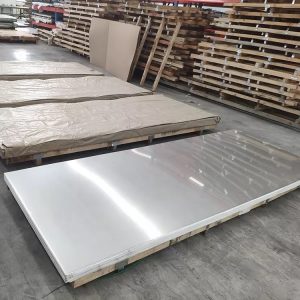
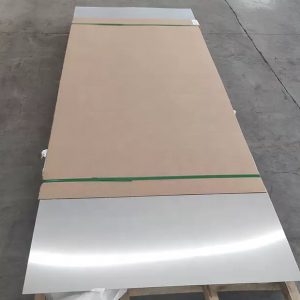 阅读更多预览
阅读更多预览不锈钢板
不锈钢板 & 板 由奥氏体钢制成,主要含有铬和镍,并添加了具有高耐腐蚀性的稀有元素, 高抗拉强度, 出色的冲击力 & 低温下的韧性和耐高温性. 此外, 这些不锈钢表 & 板材在化工等各个行业中需求量很大 & 食品加工, 热交换器, 新鲜 & 咸水海洋环境, 汽车及更多.
-
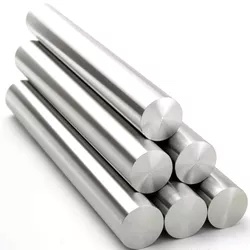
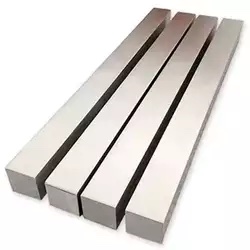 阅读更多预览
阅读更多预览不锈钢棒
不锈钢原料棒通常用于生产线机械或其他需要耐用性的工业环境. 不锈钢圆棒类型可以找到许多不同的形状,例如六角形, 广场, 或圆钢. 不锈钢棒料是一种无腐蚀性材料, 耐腐蚀, 经久耐用. 可用于汽车等多种行业, 航空 航天, 建设, 和制造.
不锈钢棒料是业内质量最高的不锈钢类型. 它们采用优质材料制成,使其耐腐蚀和其他环境条件. 不锈钢棒料还具有比其他类型的不锈钢更高的抗拉强度.
不锈钢圆杆产品或圆棒通常用于制造汽车轮辋等产品, 摩托车轮辋, 自行车轮辋, 等等. 这些类型的棒材通常是通过将不锈钢板卷成长管,然后在末端将它们焊接在一起以形成可以切割成更小块的圆棒或圆棒
-
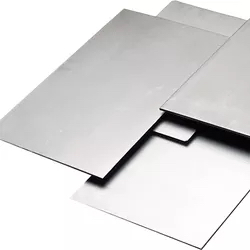
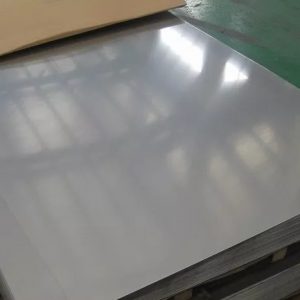 阅读更多预览
阅读更多预览钛板
钛板具有高耐腐蚀性和比强度, 并广泛应用于电力, 化工, 航空零件, 建材, 运动器材, 医疗等领域,并且仍在不断扩大. 从使用和制造技术的角度来看, 钛板价格低廉, 高性能, 多种功能, 易于生产.
如有任何问题,请随时联系 sales@grandsteeltube.com
-
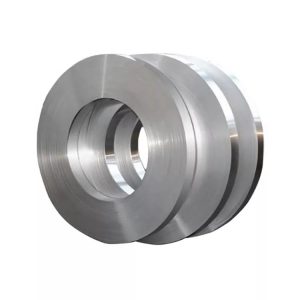
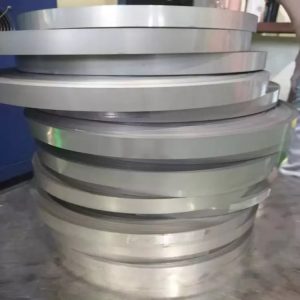 阅读更多预览
阅读更多预览钛带
钛带由 钛板. 通常通过小型磨机对钛板进行冷轧,并退火数次, 然后根据客户要求将分切剪切到钛带. 先进的设备, 轧制工艺, 过程控制, 退火温度和返回时间控制确保了其光滑度和光洁度, 有效提高了我们产品的质量.
-
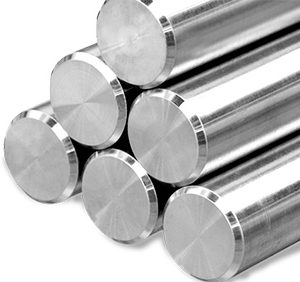
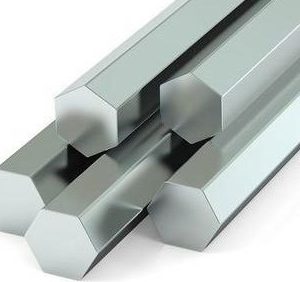 阅读更多预览
阅读更多预览钛棒
-
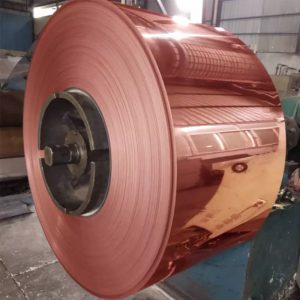
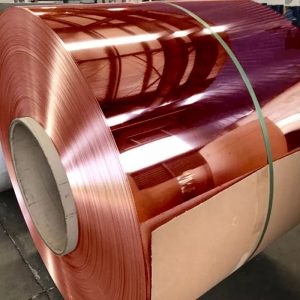 阅读更多预览
阅读更多预览铜线圈
铜线圈似乎是一根简单的盘绕线,可以缠绕并投入使用. 与任何形式的工业产品一样, 铜线圈必须经过精确设计才能适应应用. 缠绕过程必须精确完成,以确保电线之间的适当距离和开口的直径.
每个使用铜线圈的产品都需要一定数量的匝数以提供正确的电阻. 不准确的计算会导致线圈或设备效率低下并可能出现故障. 出于这个原因, Metal Associates的工程师保证他们已经仔细检查了应用的规格,使直径, 间距, 线材厚度, 匝数与使用铜线圈的产品设计完全匹配.
-
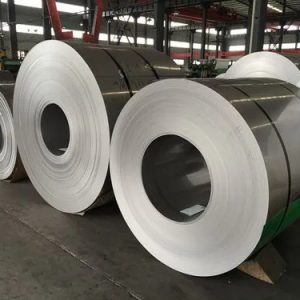
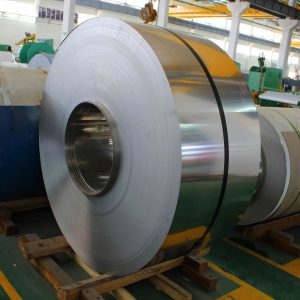 阅读更多预览
阅读更多预览不锈钢卷材
不锈钢卷可分为冷轧不锈钢卷和热轧不锈钢卷 根据不同的生产工艺.
根据材料, 它们可分为奥氏体, 马氏体, 铁氧体和双相钢.
常用的不锈钢卷材牌号通常用数字符号表示.
有 200 系列, 300 系列, 400 系列和双工系列.
304, 304L, 316 和 316L 不锈钢卷材是最受欢迎和最经济的不锈钢牌号.
不锈钢 304/304L 线圈和不锈钢 316/316L 线圈, 与双相不锈钢卷材一起,对许多化学环境以及海洋和工业暴露具有良好的耐腐蚀性.
-
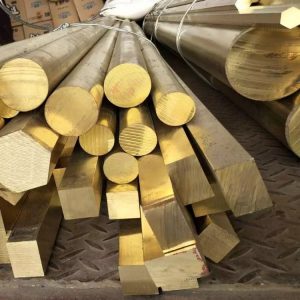
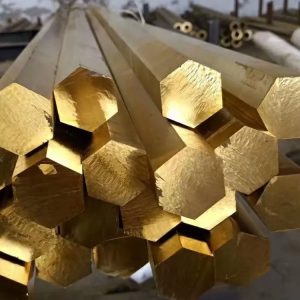 阅读更多预览
阅读更多预览黄铜酒吧
-
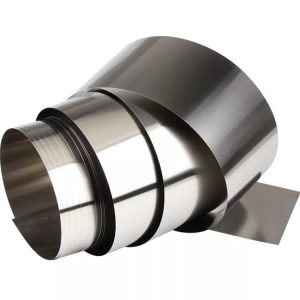
 阅读更多预览
阅读更多预览钛箔
钛箔是一种钛板, 带, 厚度小于或等于0.2mm的卷或片材. 轧制钛箔的最大宽度约为600mm.
钛箔的宽度根据用户的要求进行切割。但制造范围越广, 生产率越高.
钛箔主要用于航空航天, 导航, 核电, 电子学, 化工, 石油, 精密制造, 医疗制药等方面. -
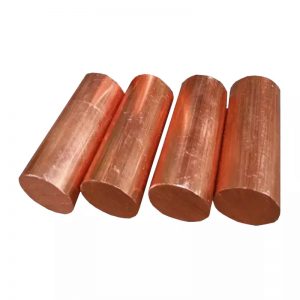
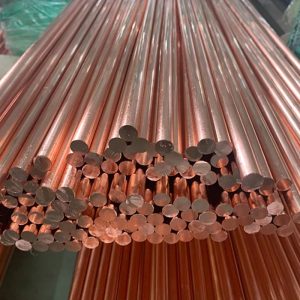 阅读更多预览
阅读更多预览铜棒
铜棒是一种有色金属加工棒材, 具有更好的加工性能和高导电性. 主要分为黄铜棒 (铜锌合金, 便宜), 紫铜棒 (铜含量更高).
黄铜棒是由铜和锌合金制成的棒状物体, 因其黄色而得名. 黄铜的熔点, 其中包含 56% 自 68% 铜, 是 934 自 967 度. 黄铜具有良好的机械性能和耐磨性, 可用于制造精密仪器, 船舶零件, 枪壳等. 用于空调管, 冰箱管, 油管, 给水管及各种机械材料, 汽车同步器齿圈, 船用泵, 阀, 结构件, 摩擦配件, 等.
紫铜棒因其紫红色而得名. 具有良好的导电性, 导热, 耐腐蚀性和加工性能. 它可以焊接和钎焊. 特性: 高纯度, 精细结构, 低氧含量. 无孔隙率, 沙眼, 松, 优异的导电性, 电蚀模表面精度高, 热处理后工艺, 电极无方向, 适合精细播放, 精细播放, 具有良好的热电通道, 加工, 延性, 耐腐蚀性和耐候性.

